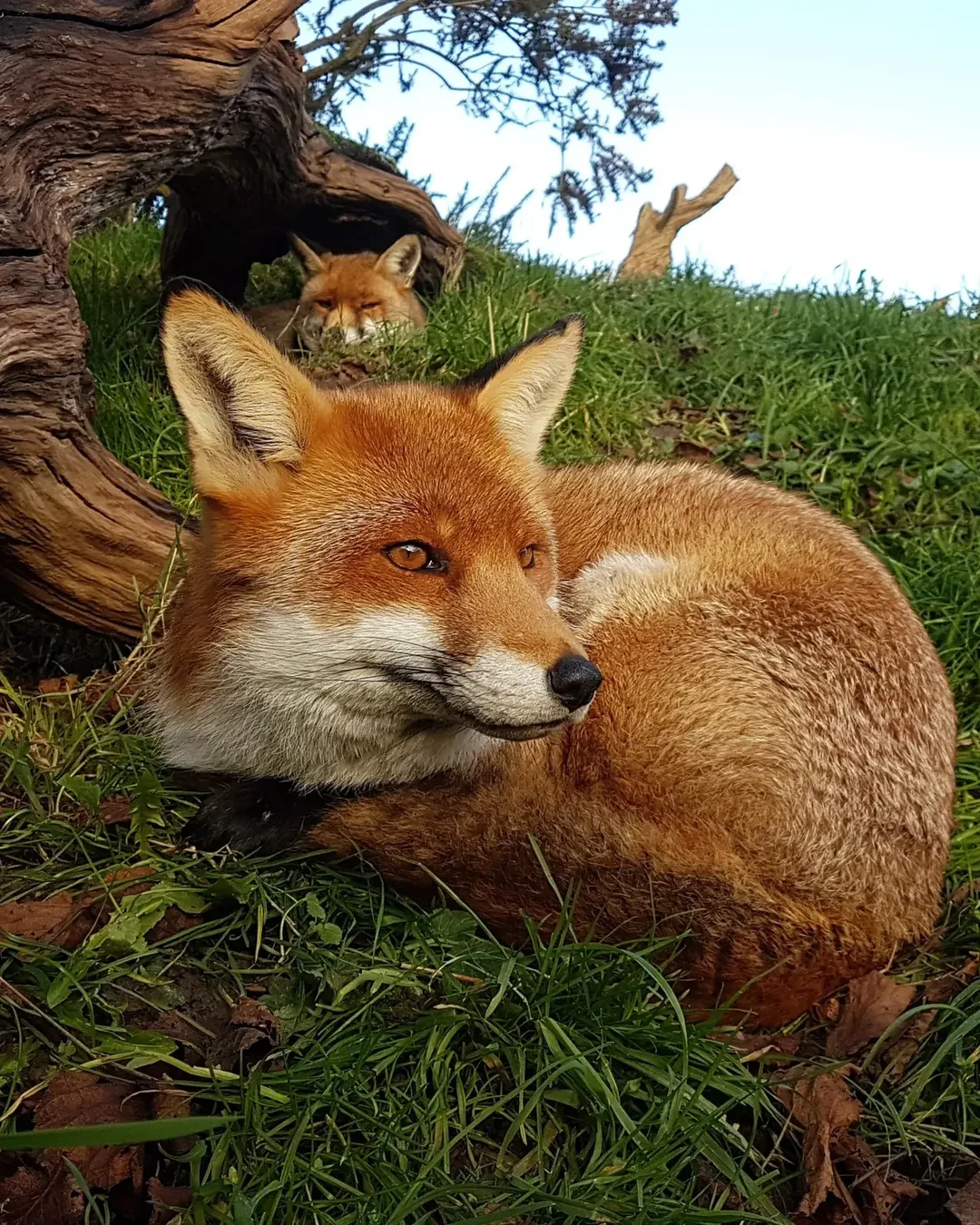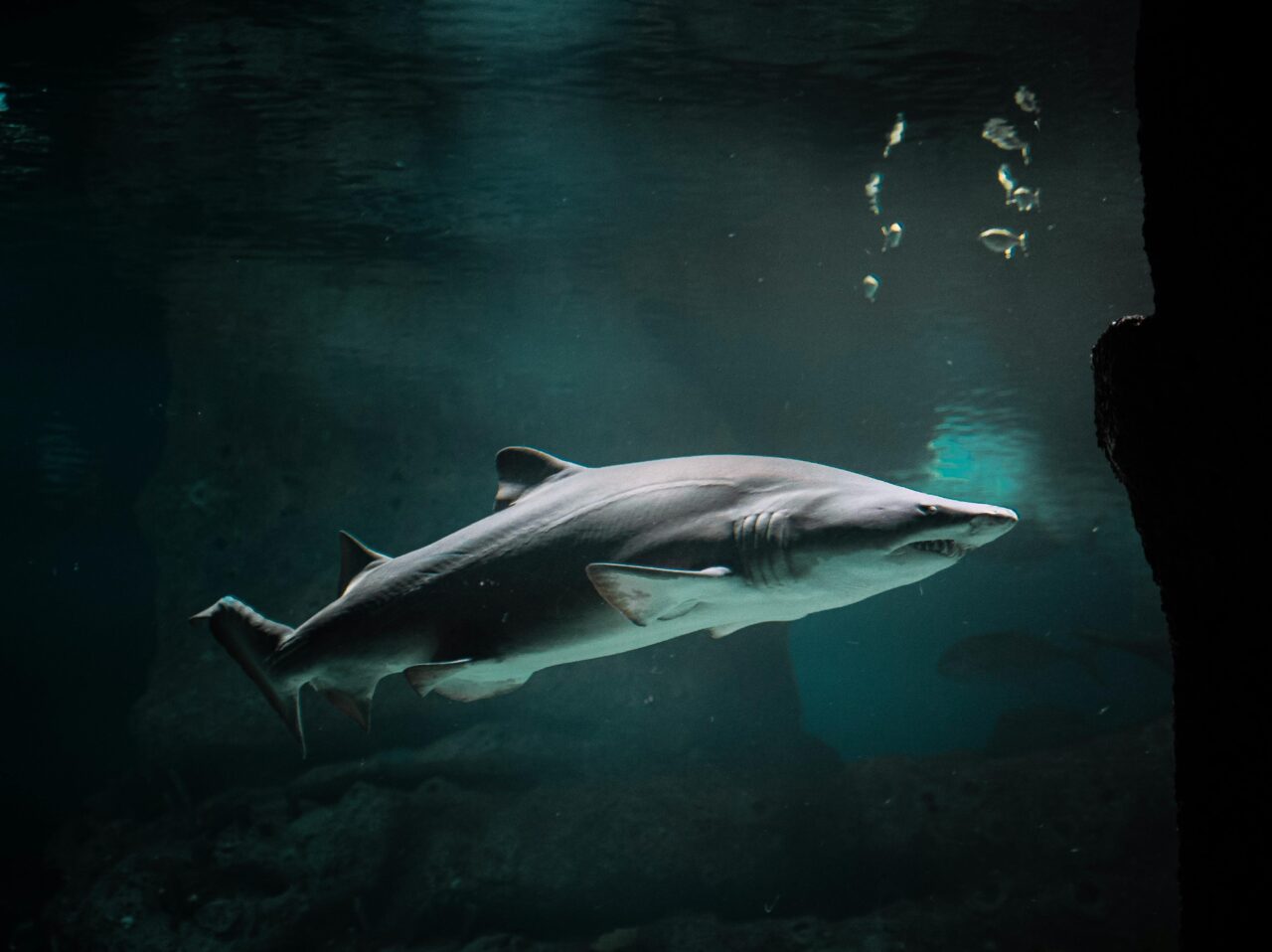📖 Table of Content:
Some animals have evolved incredible night vision, allowing them to thrive when the world goes dark. These creatures rely on sharp eyesight to hunt, avoid predators, or navigate their surroundings.
1. Owls
Owls are nature’s most iconic night vision experts. Their large, forward-facing eyes contain an abundance of rod cells, which are highly sensitive to low light. These cells allow owls to detect even the faintest movements in pitch darkness.
Unlike humans, they cannot move their eyes within their sockets, but their ability to rotate their heads 270 degrees compensates for this limitation. Owls also have a reflective layer behind their retina called the tapetum lucidum, enhancing their ability to see at night. Combined with their silent flight and acute hearing, they are unparalleled nighttime hunters.
2. Cats
Domestic cats share a common ancestor with big cats, and their night vision is just as impressive. Cats have a high concentration of rod cells, which allows them to see six times better in the dark than humans.
Their slit-shaped pupils can expand significantly in low light to capture more available light. The tapetum lucidum, a reflective layer behind their retina, not only enhances their vision but also gives their eyes that eerie glow in the dark. This remarkable adaptation helps cats stalk and pounce on their prey with precision during twilight and nighttime hours.
3. Bats
While bats are famous for echolocation, some species rely heavily on their excellent night vision. Contrary to popular belief, bats are not blind; in fact, their eyesight is quite good, particularly in dim light. They have large, sensitive eyes suited for detecting movement in the darkness.
Some bats combine their visual and auditory abilities to navigate and hunt insects effectively. Their vision plays a crucial role in identifying obstacles and spotting prey, proving they are masters of multitasking in the dark.
4. Geckos
Geckos have some of the best color vision among nocturnal animals, even in low light. Unlike most reptiles, their eyes are adapted to function optimally in the dark. Geckos’ pupils are vertical slits that can expand widely to allow more light in at night.
Their retinas are packed with photoreceptor cells, enabling them to see color even in conditions that appear pitch black to humans. These adaptations make geckos excellent nighttime hunters, capable of spotting insects and navigating their terrain effortlessly.
5. Frogs
Frogs are adept at seeing in low light thanks to their large, protruding eyes. Their retinas are equipped with rod cells designed for night vision, giving them the ability to detect movement and distinguish shapes in dim conditions.
Frogs’ eyes also have a wide field of view, allowing them to scan their surroundings for predators or prey. Many frogs can also see color at night, a rare ability among nocturnal animals. This advantage makes them highly efficient insect hunters and helps them survive in dark, swampy environments.
6. Rats
Rats rely on their vision to explore and forage during the night. While their eyes are small compared to some other nocturnal animals, they are highly sensitive to movement and light changes. Rats have more rod cells than cone cells in their retinas, enabling them to navigate effectively in dimly lit environments.
They can perceive ultraviolet light, a unique trait that aids them in identifying food or danger. Combined with their excellent sense of smell and hearing, their night vision is essential for their survival in urban and natural habitats.
7. Foxes
Foxes are cunning nighttime hunters with superb low-light vision. Their slit-like pupils and abundance of rod cells allow them to detect prey movements in near-total darkness. Foxes’ retinas also have a tapetum lucidum, enhancing their ability to reflect light and see clearly in the dark.
This advantage, combined with their sharp sense of hearing, makes them skilled hunters of small mammals, birds, and insects. Whether in forests, deserts, or urban areas, foxes are highly adaptable and thrive under the cover of darkness.
8. Tarsiers
Tarsiers, small primates found in Southeast Asia, have the largest eyes relative to their body size of any mammal. These enormous eyes are packed with rod cells, enabling them to see exceptionally well in the dark.
Interestingly, their eyes are so large that they cannot move in their sockets; instead, tarsiers rotate their necks up to 180 degrees to compensate. Their night vision helps them hunt insects and small vertebrates with astonishing accuracy. These adaptations make tarsiers fascinating examples of nocturnal evolution.
9. Sharks
Sharks may dominate the oceans during the day, but many species are just as efficient at night. Their eyes are equipped with a reflective layer of cells called the tapetum lucidum, which boosts their ability to see in murky, dark waters.
Sharks also have excellent low-light color vision, giving them a significant advantage in detecting prey at depths where sunlight barely penetrates. This night vision, combined with their acute sense of smell and electroreception, makes them formidable predators in any light condition.
10. Deer
Deer rely on their night vision to avoid predators and navigate dark forests. Their eyes have a large number of rod cells, allowing them to detect subtle movements in low light. Like many nocturnal animals, they have a tapetum lucidum that enhances their vision by reflecting available light.
This adaptation helps them remain alert and responsive to danger, even in the dead of night. Deer are crepuscular, meaning they are most active during dawn and dusk, making their night vision crucial for survival.
11. Tigers
Tigers are stealthy hunters whose night vision gives them a significant advantage. Their eyes have a high density of rod cells and a tapetum lucidum, allowing them to see six times better in the dark than humans. Tigers rely on this enhanced vision to ambush prey during twilight or nighttime hours.
Their round pupils can dilate widely to let in maximum light, helping them spot even the faintest movements in dense forests. This adaptation makes tigers formidable predators, capable of striking with precision under the cover of darkness.
12. Moths
Moths have exceptional night vision that helps them navigate and locate food in the dark. Their large, compound eyes are highly sensitive to ultraviolet light, which many flowers reflect at night.
This allows moths to find nectar-rich blooms even in complete darkness. Their eyes are also designed to detect subtle changes in light and movement, helping them evade predators like bats. Moths’ nocturnal adaptations make them vital pollinators and essential contributors to nighttime ecosystems.












